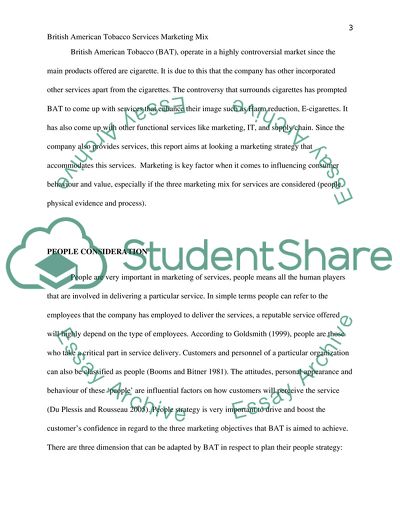Cite this document
(British American Tobacco Services Marketing Mix Essay, n.d.)
British American Tobacco Services Marketing Mix Essay. https://studentshare.org/marketing/1847439-british-american-tobacco-services-marketing-mix-people-process-physical-evidence
British American Tobacco Services Marketing Mix Essay. https://studentshare.org/marketing/1847439-british-american-tobacco-services-marketing-mix-people-process-physical-evidence
(British American Tobacco Services Marketing Mix Essay)
British American Tobacco Services Marketing Mix Essay. https://studentshare.org/marketing/1847439-british-american-tobacco-services-marketing-mix-people-process-physical-evidence.
British American Tobacco Services Marketing Mix Essay. https://studentshare.org/marketing/1847439-british-american-tobacco-services-marketing-mix-people-process-physical-evidence.
“British American Tobacco Services Marketing Mix Essay”. https://studentshare.org/marketing/1847439-british-american-tobacco-services-marketing-mix-people-process-physical-evidence.


